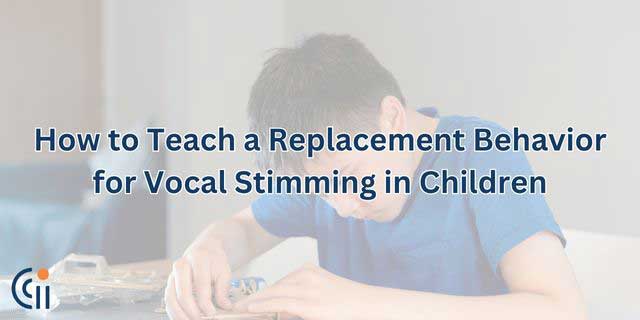Natural Environment Teaching (NET) is a key approach in Applied Behavior Analysis (ABA) therapy. It focuses on teaching skills in real-life settings rather than structured environments like a classroom. This method helps children with autism learn skills that are directly useful in everyday situations, making it highly practical and effective. In this post, we’ll explore Natural Environment Teaching in ABA, how it works, and why it benefits children with autism.
What Is Natural Environment Teaching in ABA?
Natural Environment Teaching (NET) uses everyday situations and environments to teach essential skills. Unlike traditional learning methods, where a child might learn in a classroom setting, NET takes place in real-world environments like the home, park, or grocery store.
In ABA, the goal is to make learning as natural as possible. Instead of sitting at a desk and doing drills, a child might learn communication skills while playing with their favorite toys or practice social skills while interacting with siblings or peers.
NET helps children with autism generalize the skills they learn during therapy, which means they can apply those skills in different settings and situations.
How Does Natural Environment Teaching Work?
NET uses the child’s natural interests and activities to motivate learning. Here’s how it works:
- Follow the Child’s Lead
In NET, the therapist follows the child’s interests. For example, if a child loves playing with toy cars, the therapist might use that activity to teach new words, encourage social interaction, or work on fine motor skills. This makes learning fun and engaging for the child. - Teach in Real-Life Settings
Skills are taught in the environment where they are most likely to be used. For instance, if a child needs to work on requesting items, the therapist may practice this skill while the child is eating a snack or playing with toys. This helps the child understand the practical use of their new skills. - Reinforce Positive Behaviors
When a child demonstrates the desired behavior or skill, they receive positive reinforcement, like praise or extra time with a favorite toy. This encourages the child to continue using the new skill in other situations.
Why Is Natural Environment Teaching Effective?
NET is effective because it teaches children in the environments where they need the skills most. Here are a few reasons why this approach works well for children with autism:
- Promotes Generalization of Skills
One of the biggest challenges for children with autism is transferring skills from one setting to another. For example, a child may learn how to communicate in a therapy session but struggle to use those same skills at home. NET solves this by teaching skills directly in the environments where the child will use them. - Makes Learning Engaging
Because NET is based on the child’s natural interests, it keeps them motivated and engaged. This approach makes learning feel like a natural part of their daily activities rather than a chore or task they need to complete. - Encourages Real-World Success
By teaching skills in real-life settings, NET prepares children for success in everyday life. They’re not just learning skills in isolation—they’re practicing them in the places and situations where they matter most.
Examples of Natural Environment Teaching
To better understand how NET works, here are a few examples of this approach in action:
- Mealtime
During mealtime, a child may practice requesting more food or drink by using words or gestures. This helps with communication and reinforces practical life skills. - Play Time
While playing with a sibling or peer, a child might practice taking turns or sharing toys. These interactions help develop social skills that will benefit the child in group settings like school or family gatherings. - Outings
In a grocery store, a child might practice identifying different fruits and vegetables or asking for help when they need something. This helps with both communication and everyday life skills.
How Circle City ABA Can Help
At Circle City ABA, we understand that every child is unique, which is why we use individualized approaches like Natural Environment Teaching in our therapy programs. Our experienced therapists work closely with families to ensure your child is learning important life skills in the environments where they matter most.
If you’re interested in starting ABA therapy for your child or learning more about how Natural Environment Teaching can benefit them, contact Circle City ABA today. We are committed to helping children with autism reach their full potential.


